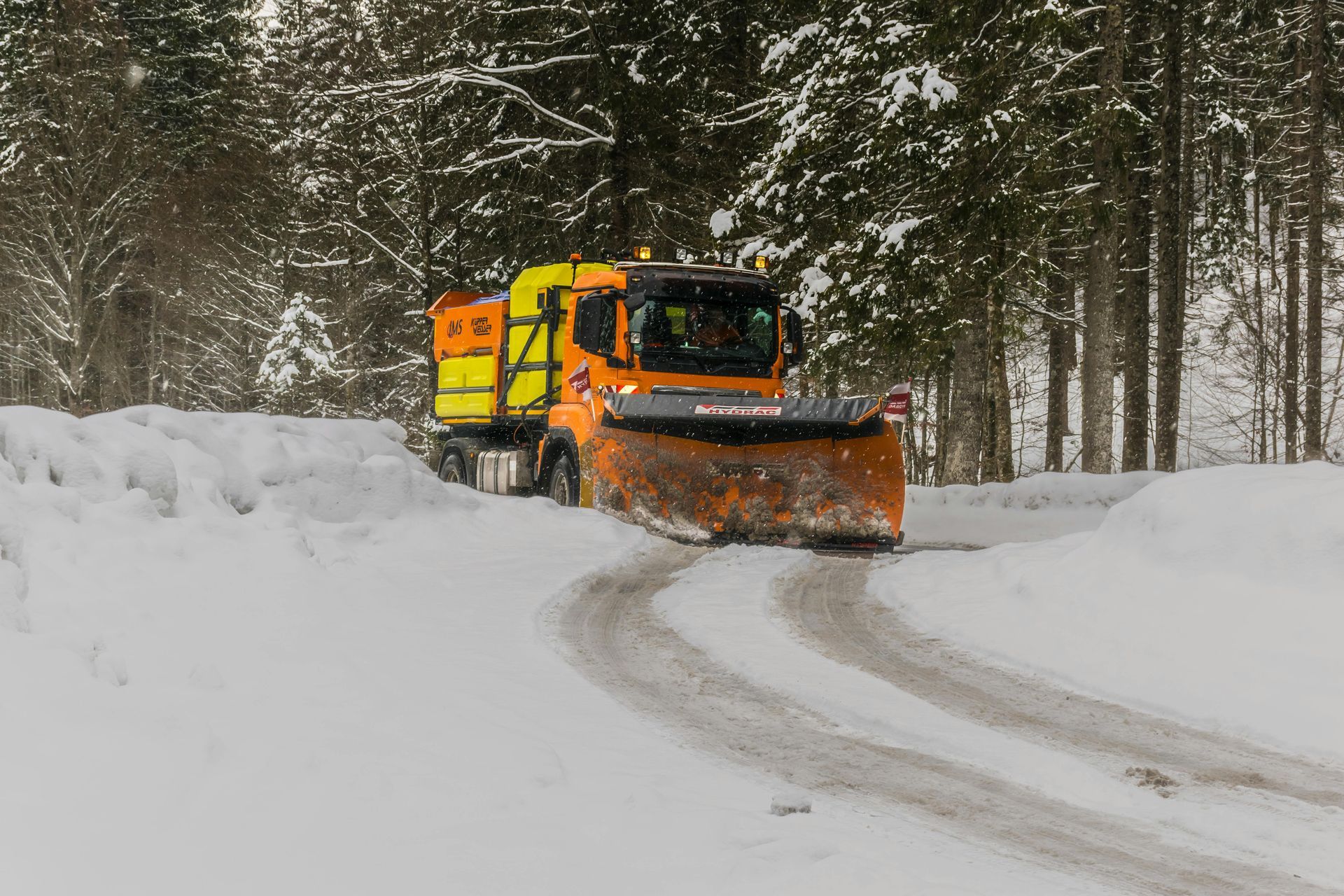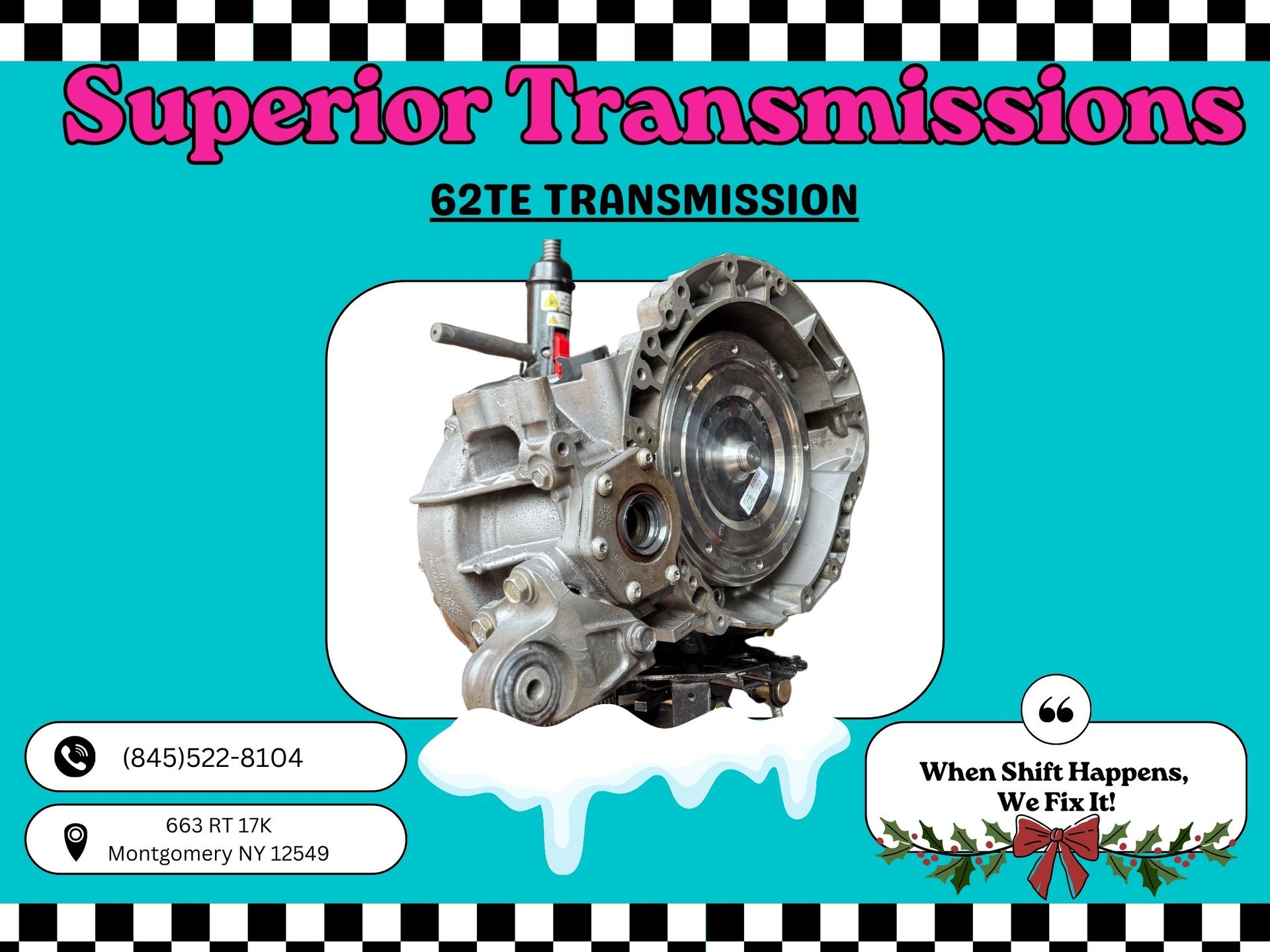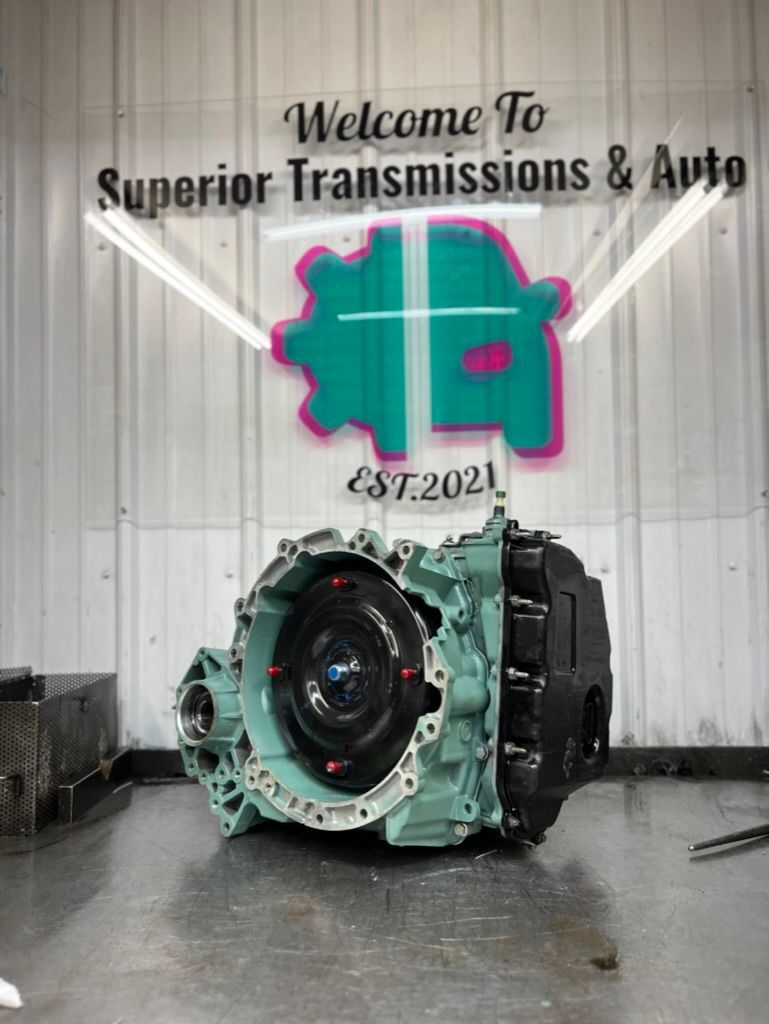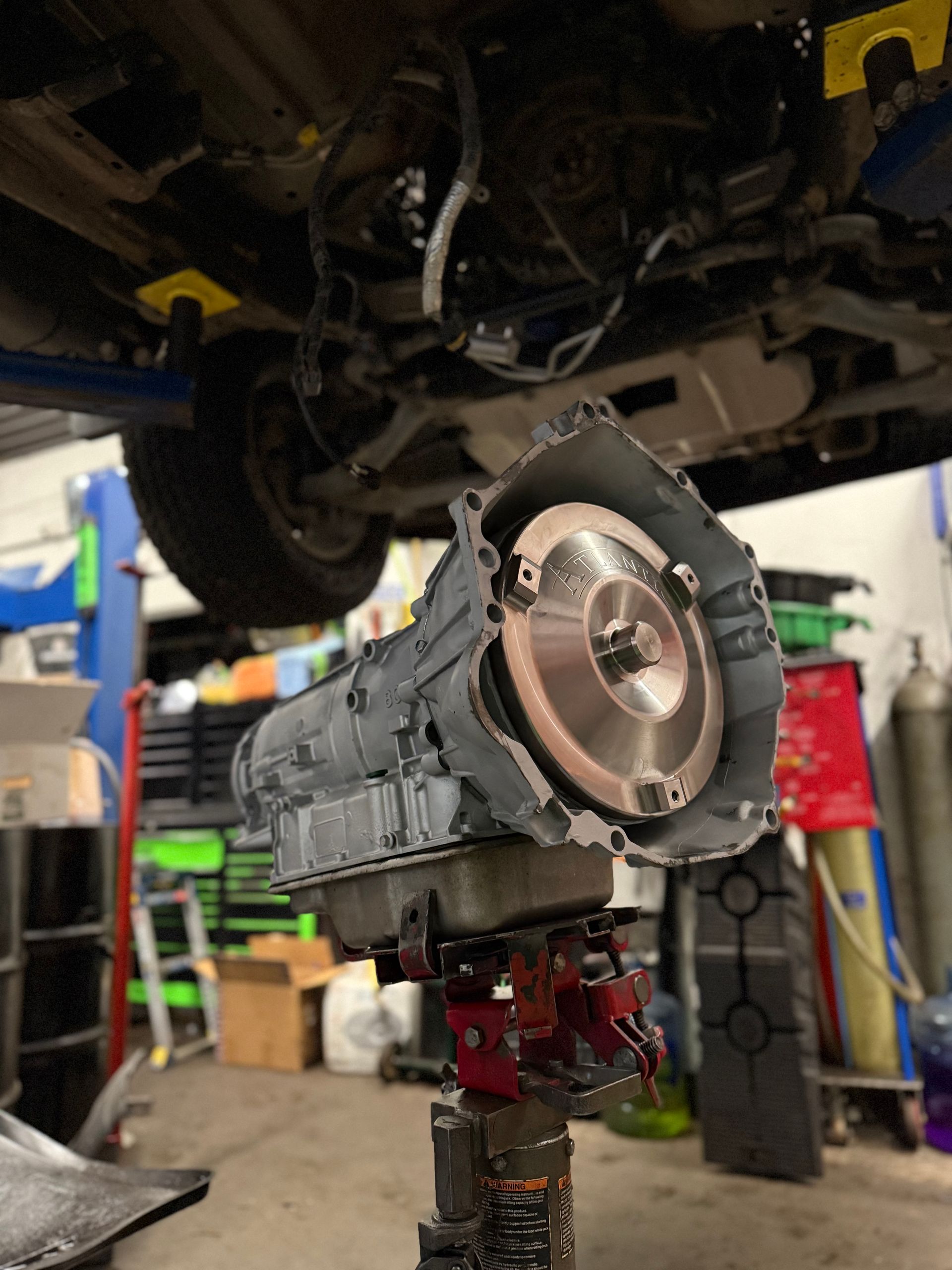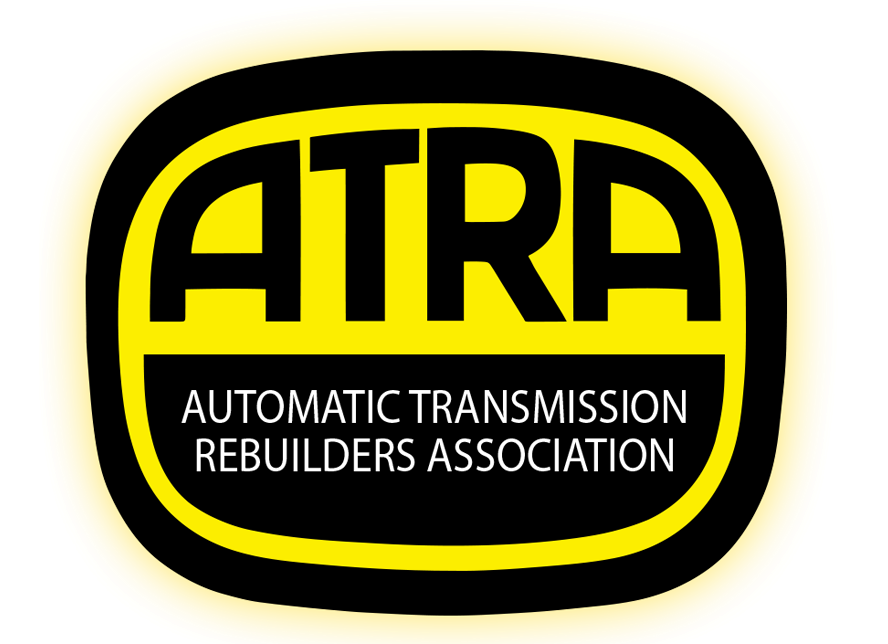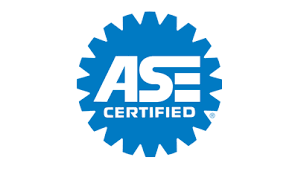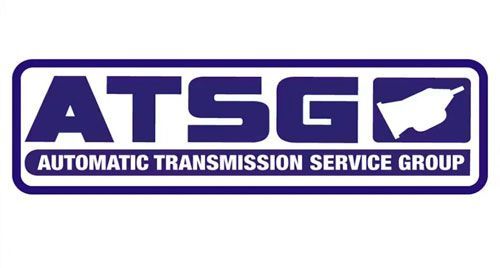Preserving Power
October 9, 2024
October 9, 2024
The Vital Importance of Addressing Transmission Issues Before Plowing

Winter is a challenging season for truck owners, especially those relying on their vehicles for snow plowing. While it may be tempting to push your truck to the limit, it’s crucial to recognize the signs of transmission problems and address them promptly. In this blog post, we’ll delve into the reasons why fixing a truck at the first hint of a transmission issue is not only a matter of convenience but also a smart investment in the longevity of your vehicle.
Early Detection Saves Money: Ignoring transmission issues can lead to more severe and expensive problems down the road. When you detect a problem early on, the necessary repairs are typically less complex and costly. A small investment in early intervention can save you from the financial burden of major repairs or even transmission replacement.
Preventing Further Damage: A transmission problem left unattended can escalate quickly, causing damage to other essential components of your truck. The longer you delay repairs, the more likely it is that a minor issue will transform into a major headache. Prompt attention to transmission problems helps prevent collateral damage and ensures the overall health of your vehicle.
Maintaining Plowing Efficiency: Trucks used for snow plowing bear a heavy load, both literally and figuratively. A well-functioning transmission is crucial for maintaining efficiency during plowing operations. Addressing issues promptly ensures that your truck can handle the demanding tasks associated with snow removal without risking breakdowns or performance issues.
Avoiding Downtime: For businesses and individuals relying on their trucks for plowing services, downtime can be costly. A transmission failure during a snowstorm can result in significant delays and financial losses. Regular maintenance and immediate attention to transmission issues reduce the risk of unexpected breakdowns, keeping your truck on the road when it’s needed most.
Enhancing Safety: A malfunctioning transmission compromises the safety of both the driver and others on the road. Transmission issues can lead to unexpected stalls, erratic shifting, or difficulty controlling the vehicle. By promptly addressing these problems, you contribute to safer roads for everyone.
Conclusion: Investing time and resources into addressing transmission issues at the first sign of trouble is a proactive approach that pays off in the long run. Whether you rely on your truck for personal use or run a plowing business, keeping your transmission in top shape is key to efficiency, cost-effectiveness, and safety. Don’t wait for a small hiccup to turn into a major headache – prioritize the health of your truck’s transmission and ensure it’s ready to tackle the challenges of winter weather.
Early Detection Saves Money: Ignoring transmission issues can lead to more severe and expensive problems down the road. When you detect a problem early on, the necessary repairs are typically less complex and costly. A small investment in early intervention can save you from the financial burden of major repairs or even transmission replacement.
Preventing Further Damage: A transmission problem left unattended can escalate quickly, causing damage to other essential components of your truck. The longer you delay repairs, the more likely it is that a minor issue will transform into a major headache. Prompt attention to transmission problems helps prevent collateral damage and ensures the overall health of your vehicle.
Maintaining Plowing Efficiency: Trucks used for snow plowing bear a heavy load, both literally and figuratively. A well-functioning transmission is crucial for maintaining efficiency during plowing operations. Addressing issues promptly ensures that your truck can handle the demanding tasks associated with snow removal without risking breakdowns or performance issues.
Avoiding Downtime: For businesses and individuals relying on their trucks for plowing services, downtime can be costly. A transmission failure during a snowstorm can result in significant delays and financial losses. Regular maintenance and immediate attention to transmission issues reduce the risk of unexpected breakdowns, keeping your truck on the road when it’s needed most.
Enhancing Safety: A malfunctioning transmission compromises the safety of both the driver and others on the road. Transmission issues can lead to unexpected stalls, erratic shifting, or difficulty controlling the vehicle. By promptly addressing these problems, you contribute to safer roads for everyone.
Conclusion: Investing time and resources into addressing transmission issues at the first sign of trouble is a proactive approach that pays off in the long run. Whether you rely on your truck for personal use or run a plowing business, keeping your transmission in top shape is key to efficiency, cost-effectiveness, and safety. Don’t wait for a small hiccup to turn into a major headache – prioritize the health of your truck’s transmission and ensure it’s ready to tackle the challenges of winter weather.
